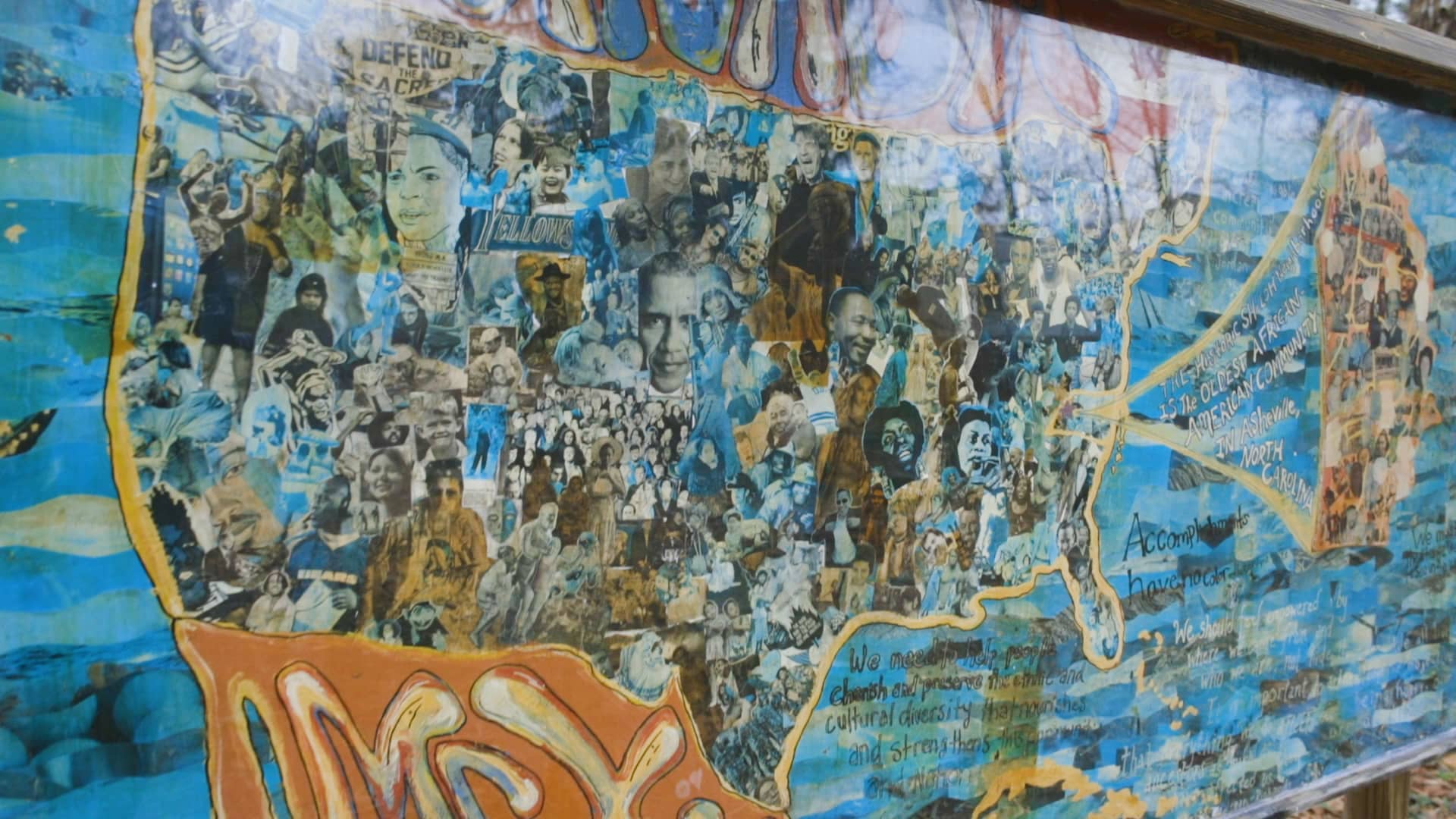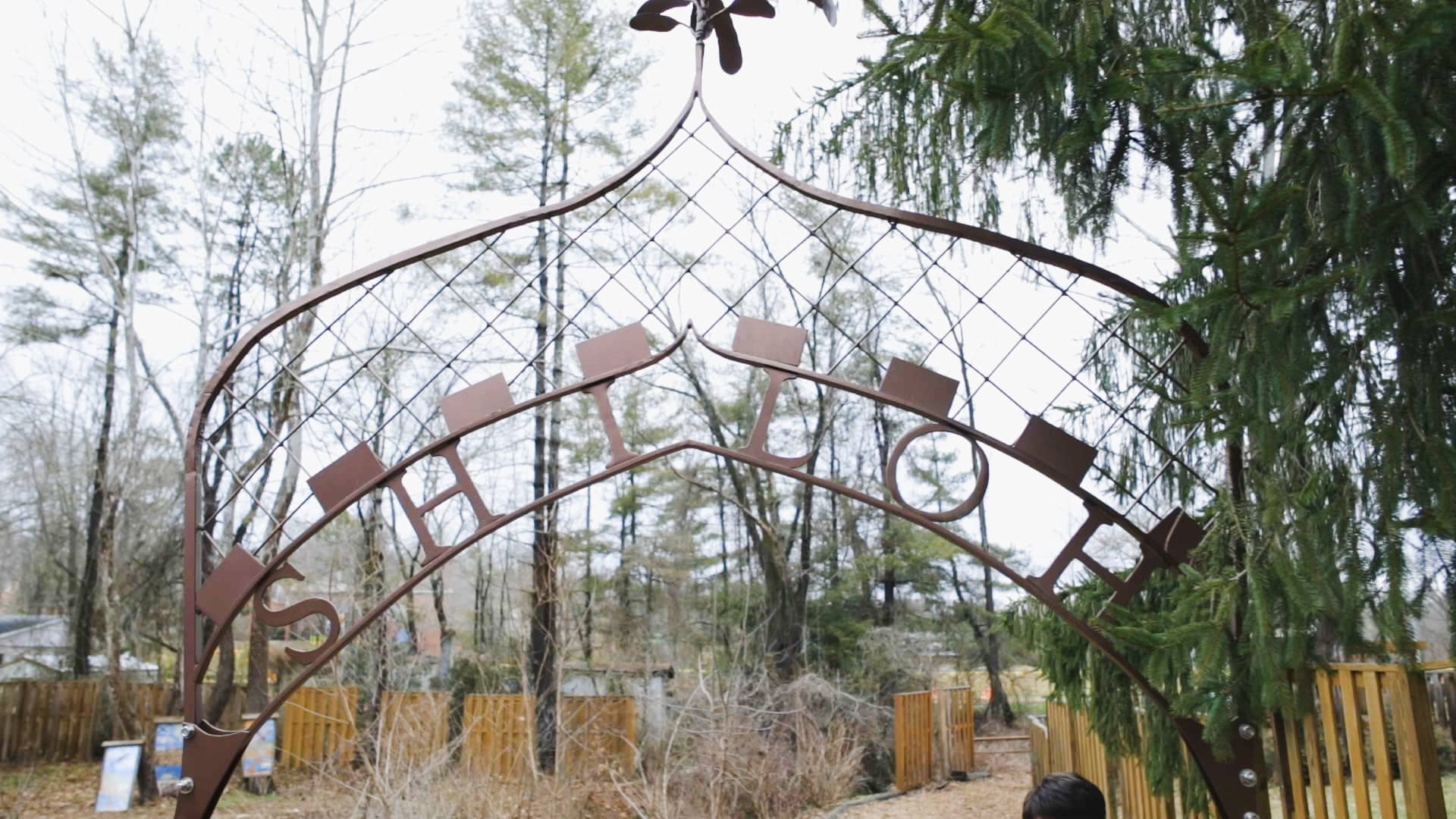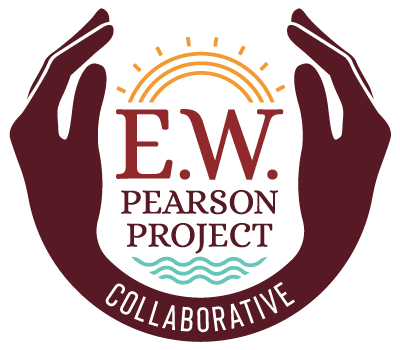Neighborhood Recognition Signs
During the course of the Collaborative’s existence, the neighborhoods’ leaders have successfully worked together to design markers to preserve the African American history in each of the three historic neighborhoods. The E. W. Pearson Project Collaborative received funds from the Buncombe County Health and Human Services Department allowed each community to commemorate elements of their neighborhood’s history.
Burton Street Community Association
The first marker was designed by Mr. DeWayne Barton and is placed at the Burton Street Recreational Center.
Working with Buncombe County’s staff member, Rebecca Brothers, Burton Street Community Association has two signs that have been approved by the City of Asheville have been installed.
East End/Valley Street Neighborhood Association
After several years of research, planning, designing and making arrangements, the East End/Valley Street neighborhood’s first markers are a reality. The City of Asheville has approved the placement of each sign.
One marker will give an overall history of the entire East End/Valley Street neighborhood and will be placed in Martin Luther King Jr. Park, near the statue of Martin Luther King, and the two unnamed children.
A second one will highlight Mountain Street School, Lucy S. Herring Elementary School and Mrs. Herring, for whom the second school was named. It is located at the site of the two schools, which is currently the location of the Asheville City Schools Administrative Offices.
The third sign tells the story of Calvary Presbyterian Church, and is located at Calvary Presbyterian Church on Circle Street.
Additionally, a fourth marker celebrates the rich legacy of Stephen- Lee High School. This marker is designed in conjunction with the Stephens-Lee Alumni Association. It will be located on the site of this iconic school, next to the present Stephens-Lee Recreation Center.
Shiloh Community:
The leadership of the Shiloh Community Association have chosen several historic locations within the community to honor the legacy of African Americans.
Brooklyn Mission Fire Baptized Holiness Church
Established April 19, 1917
The Shiloh community is one of the oldest continuously occupied African American communities in the Asheville/Buncombe County area. One of its early churches with a marker located at 121 Brooklyn Road, Asheville. The property upon which the church stands was deeded to the church trustees on April 19, 1917 by Major and Dixie Henry for the sum of one dollar ($1.00). The Henry family were original members of the new community and of the church. The deed lists the church name as Brookline Mission and First Baptist Holiness Church, however the church was founded by Rev. Sis Mattie Logan as the Brooklyn Mission Fire Baptized Holiness Church. The first trustees were L. J. Leonard, David Payne, Major Henry and Julia Payne. Source: Anita White, Shiloh historian
Shiloh Rosenwald School
Established 1927 – 1969
“In July 1923, the Buncombe County School Board announced that bids for a four-room frame building would be opened. According to the announcement, “colored patrons will defray a portion of the expenses of the building and the remainder will be taken care of by the Board.” Source: Asheville Citizen-Times October 1923. . . . The Shiloh School was built with public money ($30,500) and a contribution from the Rosenwald Fund ($1,700). According to the matching funds provisions of the application it could be assumed that the Shiloh residents had to match $1,700. A hefty sum for the residents in the mid-1920’s. The school sat on 4.0 acres.” Source: Anita White, Shiloh historian
Old Shiloh
Established 1865 – 1889
“After the Civil War a dozen or so African American freedmen established the original Shiloh community on a small parcel of land in the area of present day Biltmore Estate. About 1888, when George Vanderbilt purchased the Estate property he also purchased the Shiloh property and relocated residents, their church and graves to the current Shiloh location in south Asheville. Residents called their new location, ’New Shiloh.’ Source: Anita White, Shiloh historian and Pack Memorial Library, ID E812-DS
Youngs Rest Home
Established 1957-1995
Built by John and Bernice Young, natives of Burnsville, North Carolina. Community youth helped the Young Family to build the establishment. Youngs Rest Home was the only African American Rest Home in Asheville, N.C. It employed community residents to help in the daily operations. After the death of their parents the siblings continue to work and operate the Rest Home until Deborah Young Sherrill, daughter of John and Bernice Young decided to close it in 1995. Souce: Anita White, Shiloh historian
Mural Installations:
The Community Vine Garden by Artist Lara Nguyen.
Lara received a grant for three thousand ($3,000) dollars by the Work College Consortium to put towards Burton Street Neighborhood Association’s mural project, which the residents of the Burton Street community is working to complete.
Working with two local artists the Burton Street neighborhood installed two murals – Martha Jane’s Garden (part of Burton Street Peace Gardens) and the new community entrance sign.
A Social Justice Mural was completed and installed on the Shiloh Legacy Art Trail using the assistance of community youth, and Shiloh resident, Chris Conley, who was contracted to assist with the installation.




